Intermittent Stem Cell Cycling Balances Self-Renewal and Senescence of the C. elegans Germ Line
- PMID: 27077385
- PMCID: PMC4831802
- DOI: 10.1371/journal.pgen.1005985
Intermittent Stem Cell Cycling Balances Self-Renewal and Senescence of the C. elegans Germ Line
Abstract
Self-renewing organs often experience a decline in function in the course of aging. It is unclear whether chronological age or external factors control this decline, or whether it is driven by stem cell self-renewal-for example, because cycling cells exhaust their replicative capacity and become senescent. Here we assay the relationship between stem cell cycling and senescence in the Caenorhabditis elegans reproductive system, defining this senescence as the progressive decline in "reproductive capacity," i.e. in the number of progeny that can be produced until cessation of reproduction. We show that stem cell cycling diminishes remaining reproductive capacity, at least in part through the DNA damage response. Paradoxically, gonads kept under conditions that preclude reproduction keep cycling and producing cells that undergo apoptosis or are laid as unfertilized gametes, thus squandering reproductive capacity. We show that continued activity is in fact beneficial inasmuch as gonads that are active when reproduction is initiated have more sustained early progeny production. Intriguingly, continued cycling is intermittent-gonads switch between active and dormant states-and in all likelihood stochastic. Other organs face tradeoffs whereby stem cell cycling has the beneficial effect of providing freshly-differentiated cells and the detrimental effect of increasing the likelihood of cancer or senescence; stochastic stem cell cycling may allow for a subset of cells to preserve proliferative potential in old age, which may implement a strategy to deal with uncertainty as to the total amount of proliferation to be undergone over an organism's lifespan.
Conflict of interest statement
The authors have declared that no competing interests exist.
Figures

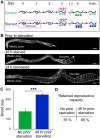
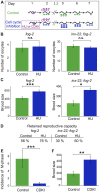

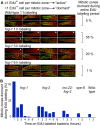
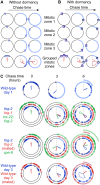
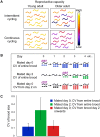


References
Publication types
MeSH terms
Substances
Grants and funding
- R01-GM102635/GM/NIGMS NIH HHS/United States
- T32 EB009418/EB/NIBIB NIH HHS/United States
- T32-EB009418/EB/NIBIB NIH HHS/United States
- P40 OD010440/OD/NIH HHS/United States
- T15-LM007443/LM/NLM NIH HHS/United States
- T32-HD060555/HD/NICHD NIH HHS/United States
- T32 HD060555/HD/NICHD NIH HHS/United States
- P50 GM076516/GM/NIGMS NIH HHS/United States
- P30 CA062203/CA/NCI NIH HHS/United States
- R21 AG042125/AG/NIA NIH HHS/United States
- R01 GM102635/GM/NIGMS NIH HHS/United States
- T15 LM007443/LM/NLM NIH HHS/United States
- P50-GM076516/GM/NIGMS NIH HHS/United States
- R21-AG042125/AG/NIA NIH HHS/United States
LinkOut - more resources
Full Text Sources
Other Literature Sources
Medical
Research Materials

